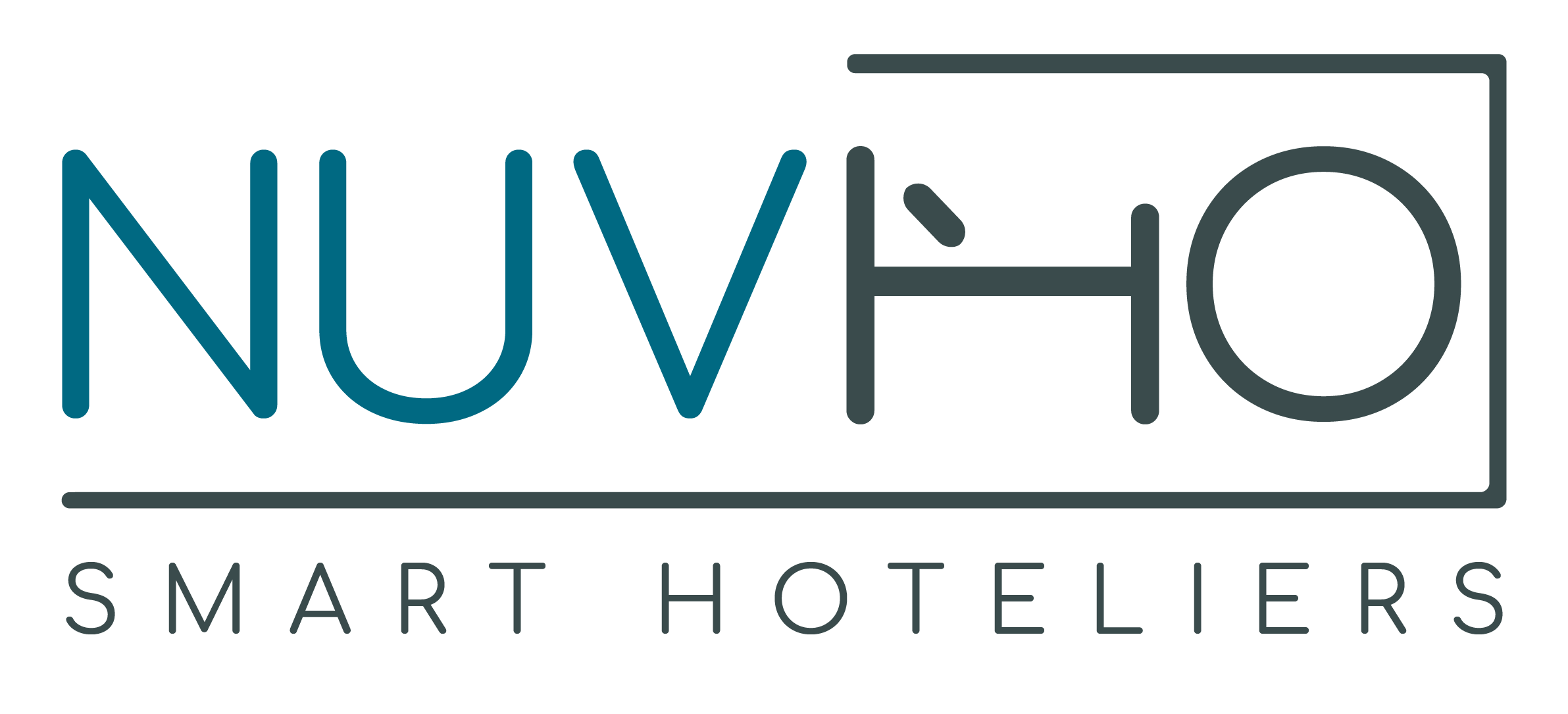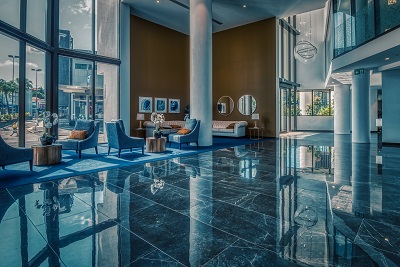Charging the right room rates for your hotel is pivotal for the success of your hotel. Charge too much and you may well deter guests and see occupancy decline. Charge too little and risk leaving money on the table. So how do you determine the right room rate? How do you maximise ADR and RevPAR? What hotel pricing strategy should you employ? Here are five effective pricing strategies to help you maximise your hotel’s financial performance.
1. Pricing Based on Hotel Occupancy
With this strategy, room pricing is adjusted up and down based on occupancy. Room rates are increased when demand exceeds supply. When your hotel hits a set occupancy threshold you increase the price. Similarly, during low demand periods, when occupancy is low, you adjust your price down and charge less for the room. The occupancy threshold will be different for each hotel. You can set a number of occupancy thresholds, and introduce tiered pricing which can help streamline this process. The draw-back of this strategy is that it is quite reactive, doesn’t consider market conditions and is tricky to apply in a fickle market. This strategy is geared to help increase your hotel’s ADR (Average Daily Rate) and RevPar (Revenue Per Available Room).
2. Pricing Based on Competitors
For this strategy you need to closely examine your competitors. Look at hotels in your immediate vicinity, accommodation options that target the same market segments and are of a similar quality or star rating. Compare their rates to yours for each room category, what type of rates and deals are they offering?
Examine your competitors pricing strategy to find out when and how often they do promotion and offer deals, and when they tend to increase or decrease their room rates. Consider whether you are price competitive and if you offer more or less value to your guests. This analysis will help give you an insight into what customers are paying or are willing to pay and help you to adjust your rates so that you sell your rooms at a competitive rate.
3. Pricing Based on Hotel Forecast
This is a much more complex pricing strategy, but one that when you get it right, will maximise your room revenue and hotel financial performance.
To create a forecast for your hotel you need to have a clear picture of the hotel’s historical data. You need to compare the current occupancy trend against the same period last year. You then overlay this data with micro and macro environment factors, like the overall demand for your destination and how your competitors are doing. You then adjust your room pricing based on the expected demand and occupancy. This strategy is a pro-active strategy, not only will it help you maximise your ADR and RevPar, but you are able to adjust your resources to cut costs or implement campaigns to help fill need periods.
4. Room Pricing Based on Length of Stay
Introduce pricing that is based on the duration of stay or on the day of the week. If the objective is to increase occupancy, consider introducing a lower rate with specific length of stay restrictions (minimum and maximum) to encourage guests to stay longer. If your hotel on the other has specific weekly peaks and troughs as often happens, change your pricing by day of the week to encourage stays outside of the peak to fill your need days.
5. Adding Value and Offering Packages
Don’t fall into the trap to always lower your rates, and charge less in order to attract more bookings. Instead, think about increasing the perceived value of the room and rate. You can do this by offering additional services or inclusions in your rate and by creating packages.
Packages give guests a sense that they’re getting more for less. It is also a way to differentiae your property from your competitors and to differentiate from the rates you promote on the OTAs – packaging up services and experiences is a clever way to circumnavigate rate parity clauses.
A package can be as simple as a Room & Breakfast Package to more customised packages including multiple services and experiences. Consider what your guests are looking for, what their motives for travel are and then create bespoke packages with your target audience in mind.
Need help?
Puzzled on how to create an accurate forecast for your hotel? Unsure on what pricing strategies are right for you? Our team of Revenue Experts can work with you and your teams to implement and train or manage this process for you. Contact us to see we can specifically help your business.

